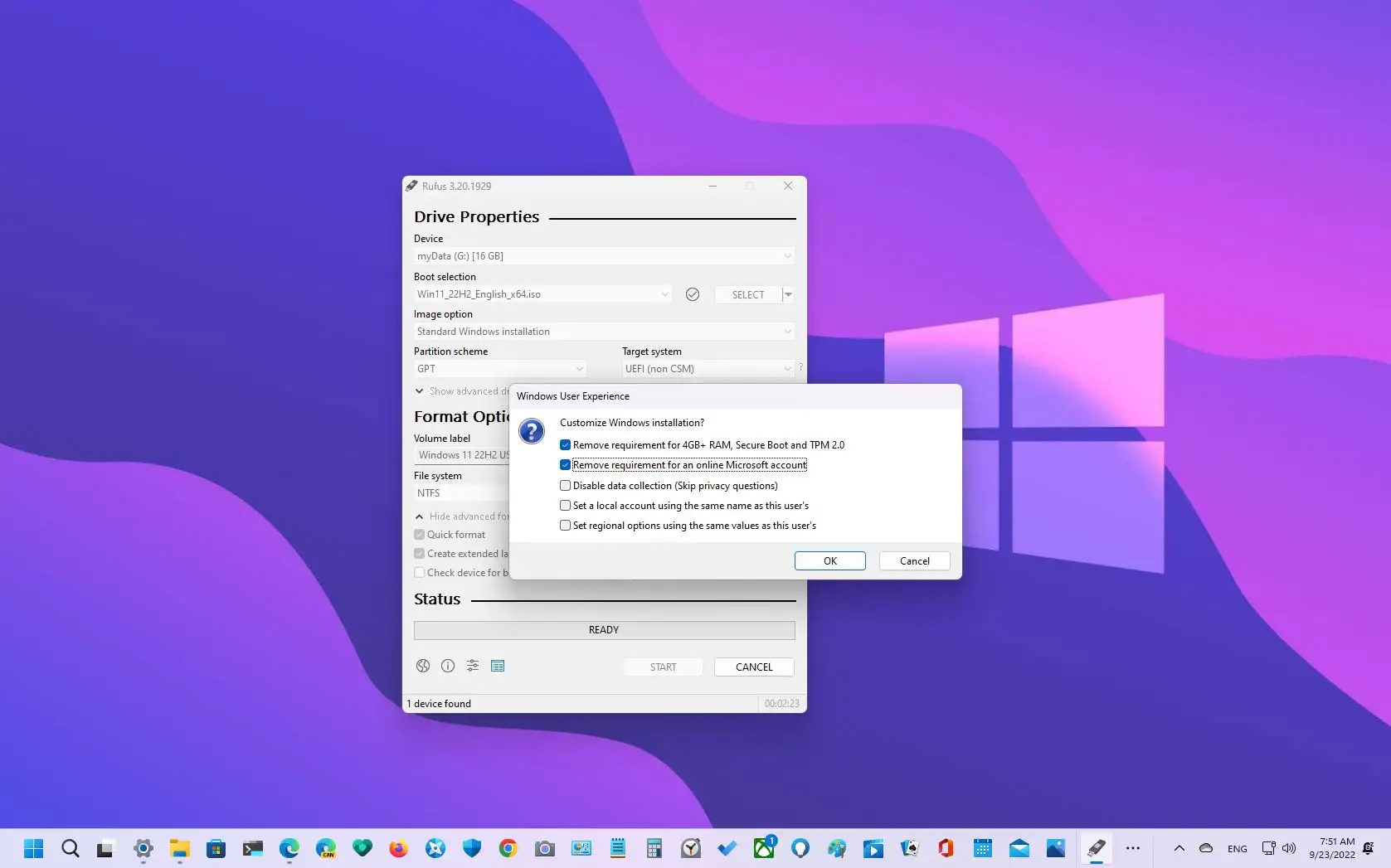When you format a drive with NTFS, you can get large file support and a fault- tolerant system. NTFS also supports disk quotas and journaling. NTFS is the standard file system for Windows. Here’s how it works.
NTFS Is A Journaling File System
Windows ntfsformattedwarren theverge is a journaling file-system for Windows, which enables users to make changes without affecting existing data. The system also provides a way to recover from errors by automatically repairing damaged files. This feature helps to ensure the integrity of file systems. In the event of a file system failure, NTFS uses its MFT mirror file to restore previously deleted files. These features make NTFS a more fault-tolerant system than FAT32, the standard file system that came with Windows.
NTFS has a special feature known as clustering, which allows more files to fit on a volume than there are clusters. In theory, a volume with one million clusters could store 78,104,632 resident files. However, most disks use the four-byte cluster size. As such, a small file may fit within a single MFT cluster.
It Supports Large Files
The New Technology File System, or NTFS, is a type of file system. This file system supports large files and supports algorithms for minimizing disk fragmentation. Its basic structure is a directory with filename and file ID. The file ID is essentially an inode number, a record number in the Master File Table. It also contains a reuse count, which detects stale references to a file. It closely resembles the W_FID of Files-11. However, some of the other NTFS structures are dramatically different.
Unlike FAT, NTFS can support a large file size. It also supports mounted volumes and disk volumes. It is also capable of reclaiming free space from sparse files. Moreover, it can monitor large blocks of zeros in files and replace them with metadata. NTFS also supports journaling, which keeps a record of changes to a disk.
It Has A Fault Tolerant System
Fault-tolerant systems are designed to continue running even when one or more components fail. These types of systems are essential for servers running mission- critical applications. Fault-tolerant systems can be configured to include redundant paths, components, and services.
NTFS stands for “New Technology File System,” which was developed by Microsoft and IBM to address the limitations of FAT. It features increased fault tolerance, increased overall performance, and improved security. In addition, this file system can handle larger volumes, which means more data storage capacity.
It Has Disk Quotas
Disk quotas allow you to limit how much data you store or use on your computer. When you set disk quotas, you can specify how much disk space is allowed for each user. You can also set limits for how many times you can delete a file.
Disk quotas are managed in the Disk Management feature. You can set them to enforce certain disk space limits and to prevent users from exceeding them. By enabling disk quotas, your system will log events when you approach the space limit and prevent you from adding new data.
NTFS offers more advantages than FAT. It has built-in error-recovery capabilities and can automatically repair files if there is a power failure or a disk crash. Additionally, it allows for specific permissions for local files. You can also compress and resize your files to increase their capacity. NTFS is also compatible with operating systems all the way back to Windows XP. It supports encrypting file systems and allows for extended attributes.

